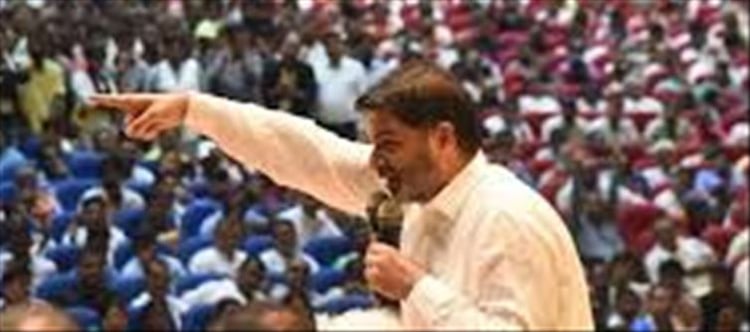
Caste politics dominated from the beginning...
Being overly insistent on caste identity is not a new trend in Bihar. Caste Sabhas were formed even during the colonial period. The third session of the Kayastha Conference of allahabad was held in patna in 1889. Its branches opened in many districts of the state. Social reform work was encouraged by its preachers. It was also decided to stop child marriage.
In the last years of the 19th century, the Bhumihar-Brahmin Sabha was formed in which many big landlords of bihar participated. In the same period, a college was established in Muzaffarpur, which was named Grier Bhumihar-Brahmin college, which is now known as Langat Singh College.
The practice of caste with modern education
Prof. (Dr) JC Jha has presented a detailed analysis of the rise of caste organizations in undivided bihar in his article "Some problems of Bihar: Historical perspective". He writes, "In 1910, Maithil Brahmins and Karna Kayasthas held a big meeting in Madhubani under the chairmanship of Darbhanga Maharaj. It was decided that modern education should be promoted and polygamy, old-age marriage and child marriage should be stopped.
In 1891, Dusadhs formed the Dushan Vanshiya Kshetriya Mahasabha. It decided to adopt modern education and stop child marriage. In 1921, Ahirs or cowherds organized the Gopajaati Mahasabha. These people started a monthly magazine and started calling themselves Kshatriyas. They vowed to bring about educational and social reform. Similarly, Kurmi, Kahar, Dhanuk etc. castes organized themselves and started wearing the sacred thread. people of the Teli caste also tried to improve their condition.




 click and follow Indiaherald WhatsApp channel
click and follow Indiaherald WhatsApp channel